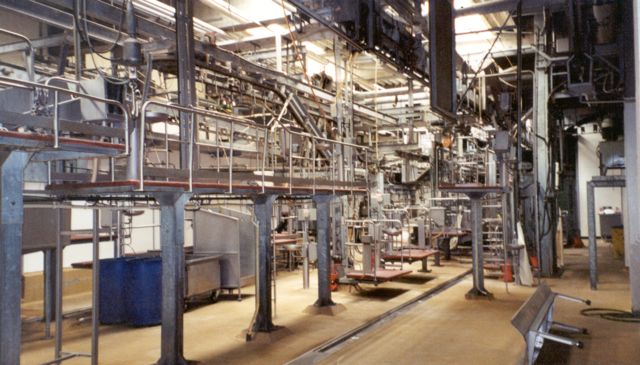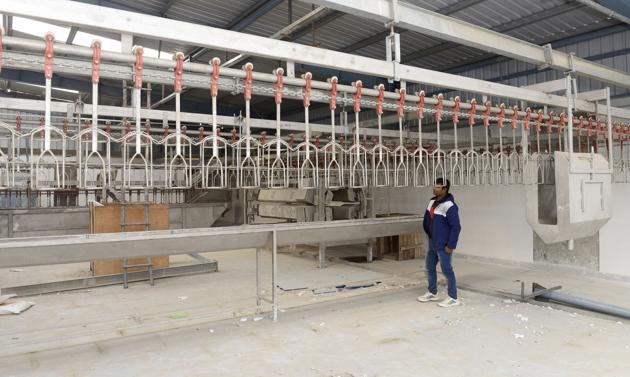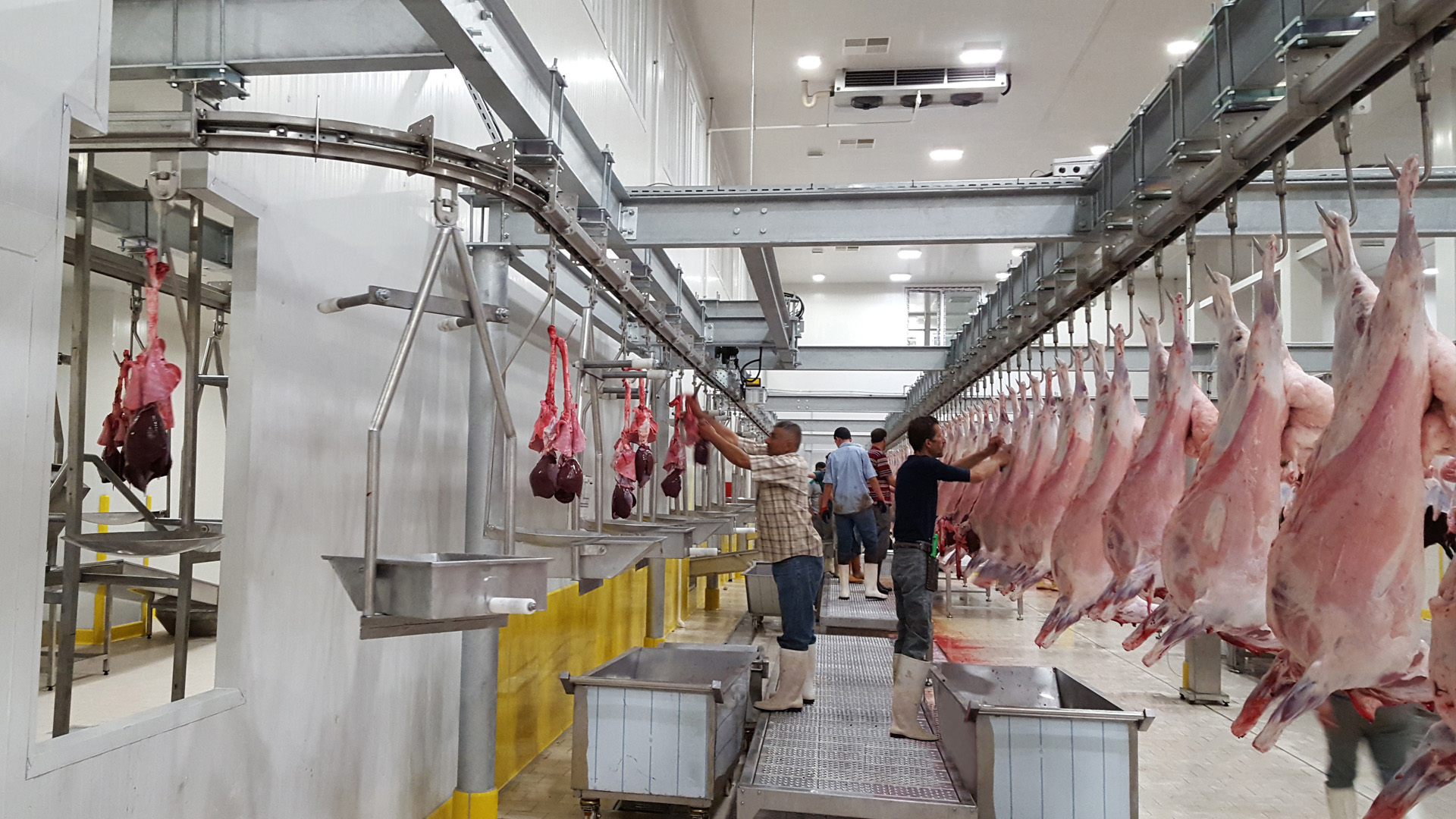What are the types of abattoir?
This is a question that doesn't have a simple answer, as there are many types of slaughterhouses around the world.
Some focus on Halal meat, others may specialize in organic meat, and others still may be geared towards more efficient production methods.
In this article, we'll take a look at some of the most common types of slaughterhouses and discuss what makes them unique.
Slaughter premises come in all shapes and sizes, from small family-run businesses to large industrial complexes.

The slaughter process itself can also vary depending on the type of animal being slaughtered, the method of slaughter, and other factors.
There are three main types of slaughterhouses:
1) Industrial slaughterhouses:
These are typically large-scale operations that use mechanized methods to process animals.
The animals are often restrained on conveyor belts or in cages, and they may be stunned with electricity before being slaughtered.
2) Traditional slaughterhouses:
These are typically smaller operations that use more traditional methods, such as hand-slaughtering.
The animals may be restrained in pens or by workers, and they may or may not be stunned before slaughter.
3) Mobile slaughterhouses:
These are slaughterhouses that move from place to place, typically to slaughter smaller numbers of animals at a time.
They may use either traditional or industrial methods, and the animals may or may not be stunned before slaughter.
No matter what type of slaughterhouse it is, the goal is always to kill the animal quickly and humanely.
The method of slaughter will vary depending on the type of animal being killed, as well as the preferences of the slaughterhouse.

Some common methods of slaughter include stunning (with electricity or a blow to the head), decapitation, asphyxiation (with carbon dioxide or nitrogen), and exsanguination (bleeding out).
After the animal is slaughtered, the carcass is typically hung up on a conveyor belt or rail so that it can be moved to the next stage of processing.
The exact steps will vary depending on the type of meat being produced, but they typically involve butchering, cleaning, and packaging.
An abattoir equipment manufacturers is a facility where animals are slaughtered for meat.
The word “abattoir” is derived from the French word for slaughter, “abattre”.
Abattoirs are also sometimes referred to as slaughterhouses.
There are two types:
1. Centralized abattoirs:
These are large abattoirs that slaughter a large number of animals.
The animals are brought to the abattoir from all over the country.
2. Decentralized abattoirs:
These are smaller abattoirs that only slaughter animals from a specific region.
There are also another three types of abattoir: on-farm, custom, and commercial.

On-farm abattoirs are slaughterhouses that are located on the farm where the animals are raised.
The animals are brought to the slaughterhouse by the farmers, and the slaughtering is done by trained personnel.
Custom abattoirs are slaughterhouses that cater to specific customers.
The customer will bring the animals to the slaughterhouse, and the slaughtering will be done according to the customer's specifications.
Commercial abattoirs are large-scale slaughterhouses that produce meat for sale in supermarkets and other retail outlets.
The animals are brought to the slaughterhouse by truck, and the slaughtering is done by trained personnel.
Each type of abattoir has its own strengths and weaknesses, and each type of meat production has its own benefits and drawbacks.
On-farm abattoirs are typically more humane, as the animals are not transported long distances and are killed quickly and efficiently.
Custom abattoirs can be more expensive, but they offer the customer more control over the slaughtering process.
Commercial abattoirs are the most efficient and cost-effective type of slaughterhouse, but they have come under criticism for their treatment of animals.
No matter what type of abattoir you choose, it's important to do your research and make sure that the slaughterhouse you select is reputable and trustworthy.
Ask questions, read reviews, and visit the slaughterhouse if possible.
By taking the time to choose the right abattoir, you can ensure that your meat is of the highest quality and that the animals were treated humanely.
Comments
Post a Comment